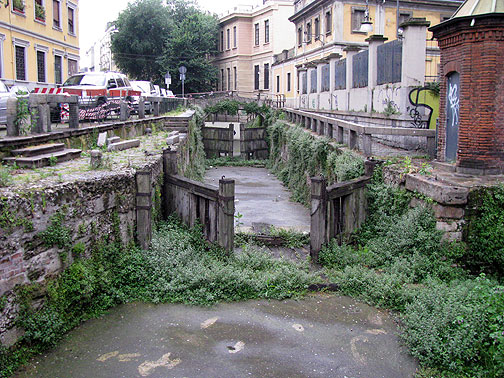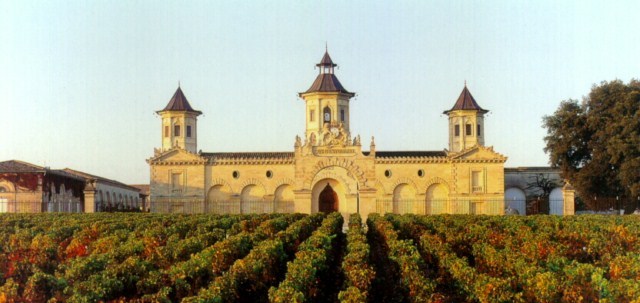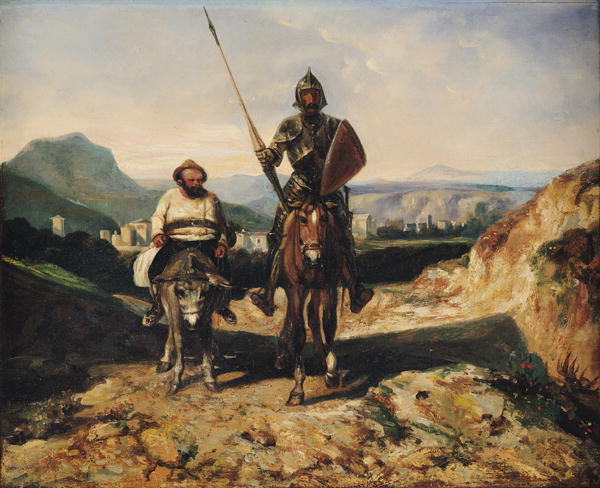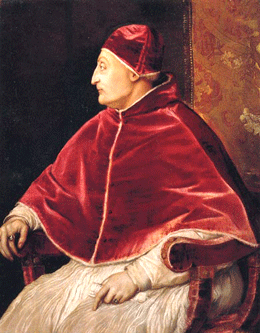
Table manners at the end of the Middle Ages were appalling.Everyone ate out of the same pot. Meals were served in one large chunk, from which everyone present cut a piece fro themselves. Poultry was not carved up before being put on the table. and people pulled even birds as big as pheasants apart with their hands.
In the 16th century, Cristoforo da Messisbugo frpm Ferrara put an end to this unappetizing business. Messisbugo began his career as chief steward and tailor at the court of the d’Este family, who ruled over his native city at the time. If pieces of food were too large, he did not just cut them straight through the middle, instead he refined an art of carving, that in 1533, saw him rise to the rank of Count Palatine, compliments of Charles V, by way of thanks. Messisbugo carved roasts and other foods so expertly that he never touched them with his fingers, but only with knives and forks that had been provided for that purpose.
As steward, his duties also included running the estates, organizing receptions and banquets, and overseeing an army of servants, whose job it was on such occasions to hand round drinks and towels, bring in and clear away courses, wipe up spilt food discreetly, or watch over the buffet. In addition, he had to see that the table decorations met the esthetic demands of the indulged nobles, and choose the wines and the food.
The d’Este court was the home of the finest manners and exquisite culinary delights. A banquetwas no longer what it had been in the Middle Ages, simply a demonstration of power and wealth, but an entertaining work of art which would appeal to more than just the palate. Acrobats, interludes of music and songs, artistic performances, and poetry readings entertained the guests, while the tables, decked with lace, silver and Florentine porcelain, bucked under the weight of the delicacies. A menu of 120 courses was not unusual in Ferrara.
Cristoforo da Messisbugo recorded his knowledge in a book, Banquets, Arrangements for Food and Drink, and Organisation in General. In this book he gives valuable tips about courtly banquets. The section on recipes for pasta, puddings, soups, egg dishes, fish, and meat courses includes traditional recipes from the region, but also mentions specialties from Milan, Florence, Naples, Sicily, and Venice, and even from other countries. Published in Ferrara between 1529 and 1548, the work was constantly in print until 1600, and spread the new philosophy of eating as a mental and spiritual pleasure to other European courts.











